How Coral Gardeners Are Saving Your Favorite Destinations
In 2017, an intrepid group of young surfers, freedivers, and fishermen in French Polynesia noticed something bleak brewing under the surface of their beloved waters around their home island of Mo'orea: The coral was dying off. And it was dying off fast.

Ryan Borne for Coral Gardeners
With global warming and rising sea temperatures, coral reefs are finding themselves in grave danger. The increase in temperature, light, and exposure can cause what is known as coral bleaching. As the National Ocean Service explains, when water is too warm, "corals will expel the algae living in their tissues causing the coral to turn completely white... When a coral bleaches, it is not dead. Corals can survive a bleaching event, but they are under more stress and are subject to mortality."

Ryan Borne for Coral Gardeners
In 1998, Rangiroa, a neighboring island about 350 kilometers from Mo'orea, experienced what Earth Observatory called "a particularly severe bleaching event." At the time, more than 99% of the fast-growing Pocillopora corals died, and 40% of slow-growing (and resilient) Porites coral also died.
"If conditions in Rangiroa returned to normal, it would take about 100 years for the Porites coral to regrow," Earth Observatory added. "Unfortunately, rising global temperatures and the possibility of more frequent El Niños may prevent the reefs from ever recovering."
Without these reefs, erosion could become a bigger issue, and some of the world's most beautiful destinations could be decimated.
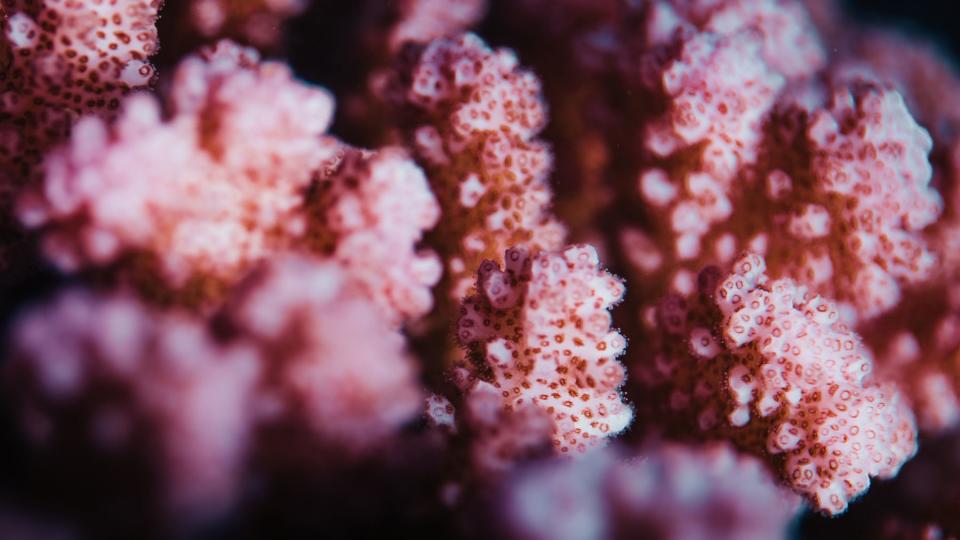
Ryan Borne for Coral Gardeners
Thankfully, the young people of Mo'orea weren't just going to sit back and let that happen. So, they formed the Coral Gardeners and looked for innovative ways to change the world.
"¨I stay hopeful for the reef, this is why Coral Gardeners exist," Titouan Bernicot, founder of the organization, told Travel + Leisure. "Our mission is to save the coral reefs until they will no longer need us."
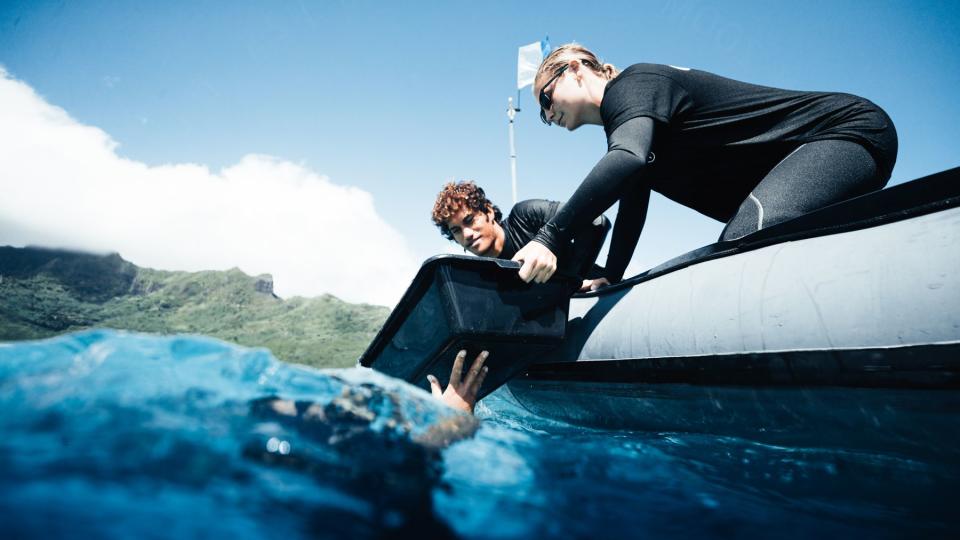
Ryan Borne for Coral Gardeners
In less than three years, Bernicot and his friends grew their organization to become a global collective of scientists, engineers, creators, and advocates "determined to save the reef by revolutionizing ocean conservation and generating collaborative action around the world."
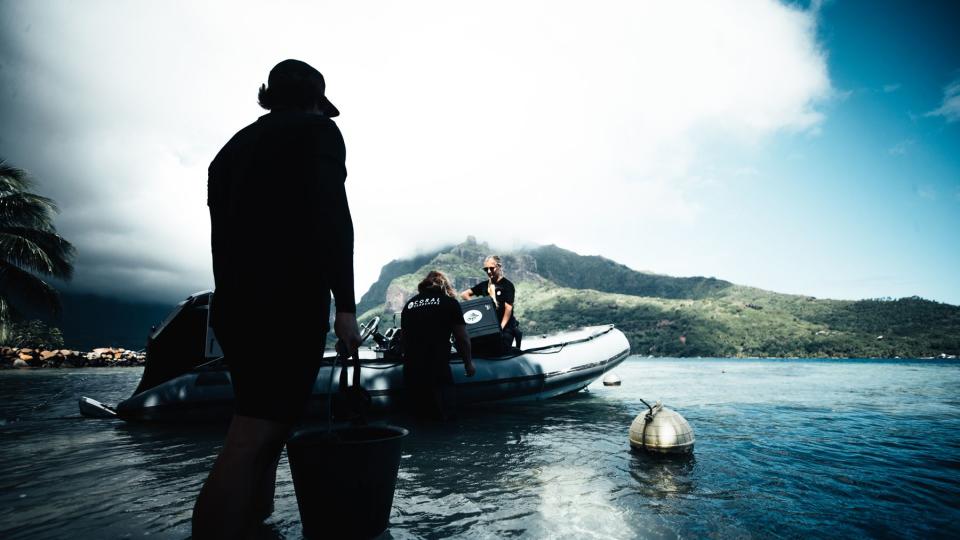
Ryan Borne for Coral Gardeners
At the heart of it all is the actual "gardening," which really is a lot like the stuff you do in your own yard. The team first collects fragments of coral and places them on a nursery table that sits underwater. The fragments are allowed to grow for a few weeks before they are safely cemented onto damaged reefs in the Marine Protected Areas around Mo'orea. According to UNESCO Green Citizens, to date, the organization has planted more than 15,000 corals.

Ryan Borne for Coral Gardeners
"At Coral Gardeners, our restoration methods have evolved to focus more on heat-resistant corals to adapt to climate change and we are also developing technologies to monitor our impact and improve our work," Bernicot said.
And the work of the Coral Gardeners will also soon include the launch of its first innovation project: ReefOS.
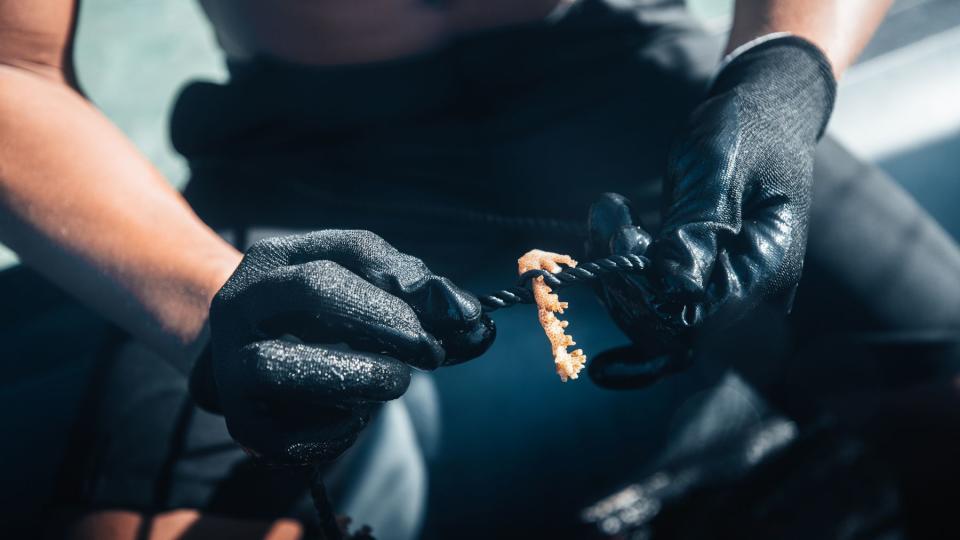
Ryan Borne for Coral Gardeners
Using a network of cameras and sensors, the organization will gather data on fish population, biodiversity, water temperature, and coral growth. It will run all this data through its proprietary artificial intelligence program to "better understand and improve the impact of our restoration efforts."
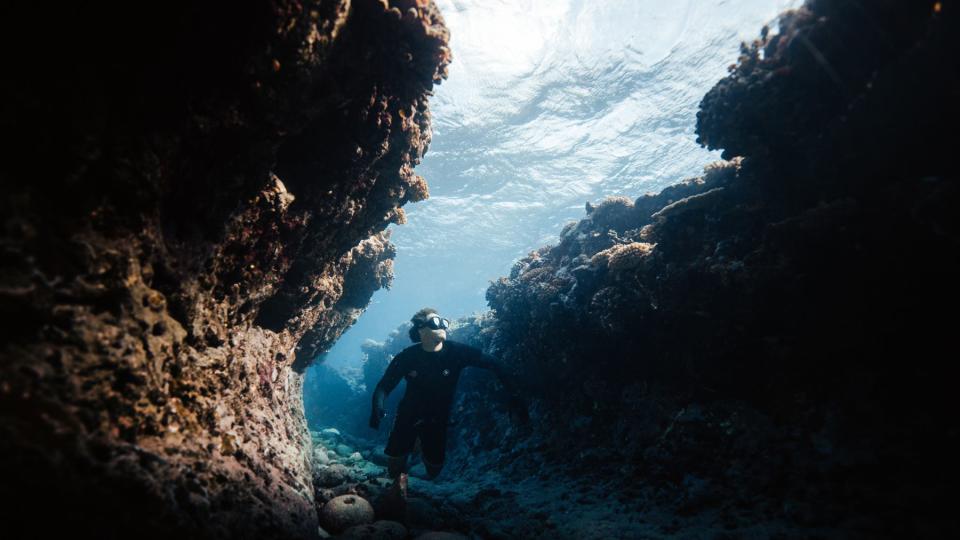
Ryan Borne for Coral Gardeners
"ReefOS is meant to become the most advanced artificial intelligence for the reef," the organization said in a statement. "Now we have our first connected reef with an underwater camera that collects real-time data that helps train the AI model."
The best part? The camera also comes with a live stream that will allow everyone to survey the corals from anywhere in the world with an internet connection. The first connected reef is available to view on the Coral Gardeners website.
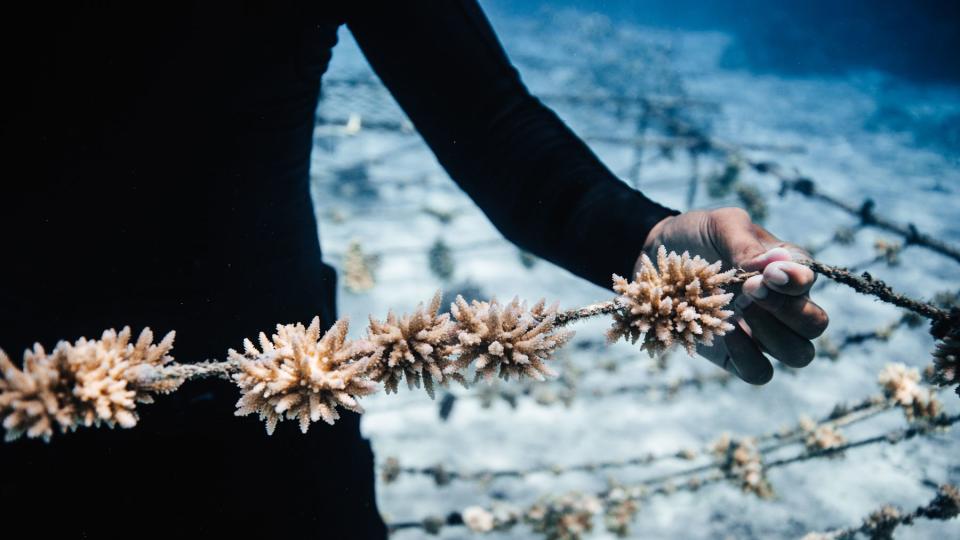
Ryan Borne for Coral Gardeners
"I feel like there are more and more solutions and innovations being developed to solve one of the biggest issues of our lifetime," Bernicot added.
Of course, this work doesn't happen in a vacuum — and there are ways you can help.
"People from all around the world can support our mission by adopting a super coral that is more resilient to climate change on our website," reps for the organization said. All you need to do is head to the website, pick a coral, and design your own adoption card. You'll then get news and updates about your little corner of the ocean. This will also help the team's mission to expand to new international destinations and plant 1 million corals around the world by 2025.

Ryan Borne for Coral Gardeners
"It is true that sometimes it is easy to feel overwhelmed by the challenges in front of us, but when I see the younger generation, the people from all around the world who want to join our movement and do something," Bernicot said. "I believe that there is a shift in mentality and I feel that change is coming. I am really happy that we are part of the people who believe in a better tomorrow and are willing to try and do something."
See more about the Coral Gardeners, adopt a coral, and make a donation here.

